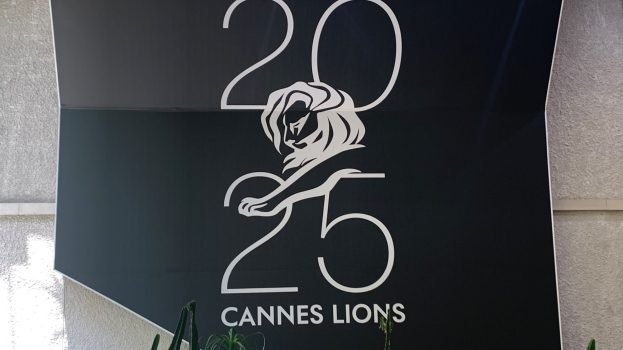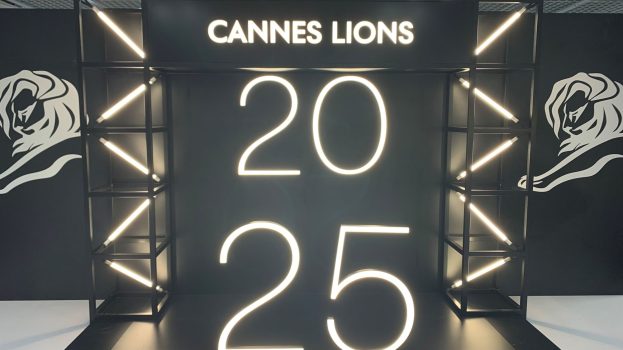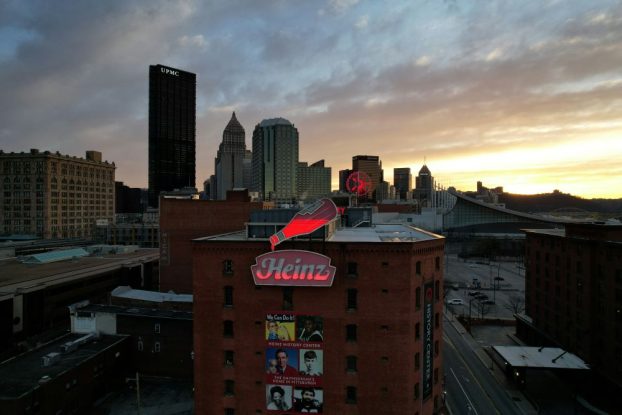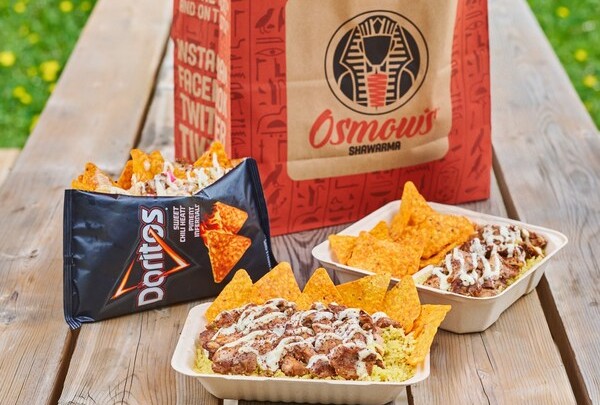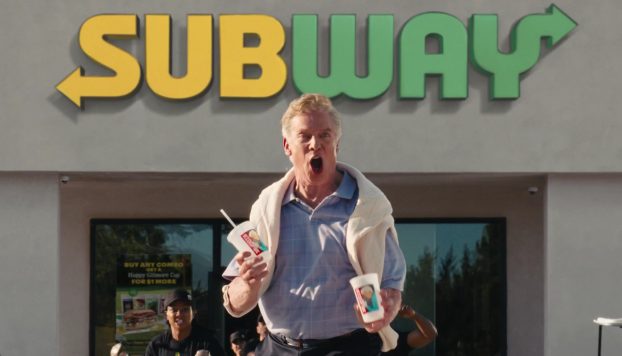Every year, strategy sets aside space to recognize five companies that rose above the rest, naming them our Brands of the Year.
This year’s winners can be seen below, along with a few of the accomplishments that made them BOY-worthy. The full profiles will be in the Fall 2024 issue of strategy, which will be on news stands the first week of November.
The issue will also be given out at the Agency of the Year gala on October 30, where each of this year’s BOYs will also be recognized on stage during the ceremony.
More info on the gala, taking place in Toronto at Koerner Hall, can be found here.
 Royal Ontario Museum
Royal Ontario Museum
Over the last few years, the Royal Ontario Museum (ROM) has undergone a rebranding and transformation of its physical space to create a community gathering hub. The ROM has managed to expand its audience, attracting younger visitors, as well as new Canadians, while collaborations with agencies like Broken Heart Love Affair and Leo Burnett have positioned the museum as evolving institution that reflects greater inclusivity, accessibility and cultural relevance.
EQ Bank
EQ Bank has achieved strong growth despite challenges in the Canadian banking sector. Its success stems from a digital-only model, competitive rates and fintech partnerships, paired with a marketing strategy that positions EQ as a refreshing alternative to the Big Five banks. Since launching in 2016, EQ has attracted customers looking for better value. Its “Make Bank” and “Second Chance” campaigns, by The Hive, address common frustrations with traditional banks, targeting “aspirational” customers and using humour to promote high interest and low fees.

Kruger
Kruger Products has succeeded by blending functional messaging with emotional marketing and prioritizing sustainability. The brand’s shift toward emotional campaigns, such as Broken Heart Love Affair’s “Unapologetically Human” and “Love Is Messy,” has resonated with consumers, while campaigns like the “Cashmere Ultraluxe Bathroom Guide,” by Lifelong Crush, add a humorous touch in a traditionally functional category. In addition, its eco-friendly Bonterra line aligns with Kruger’s larger sustainability goals.

Sephora
Sephora Canada’s success lies in its strategy of inclusivity, which it views as essential to building a community around individual beauty needs. Through brand platforms like “We Belong to Something Beautiful” and marketing campaigns such as “Illumination,” by Zulu Alpha Kilo, the retailer celebrates uniqueness and caters to a diverse customer base. Sephora has also committed to inclusive representation, supporting BIPOC-owned brands with initiatives like the 15% Pledge. Community programs such as “Classes for Confidence” further embody its mission.

Tilley
Over the last four years, iconic Canadian brand Tilley has modernized its offering, while respecting its heritage. The brand has created collections tailored for different audiences, such as Tilley Sport and Tilley Tough, a workwear line. And its focus remains on durable, high-quality products, which aligns with its outdoor and eco-friendly values. Tilley has also engaged in collaborations, including with the NBA, and expanded internationally. Despite significant growth, the brand maintains a product-led approach, building on its reputation for quality.



